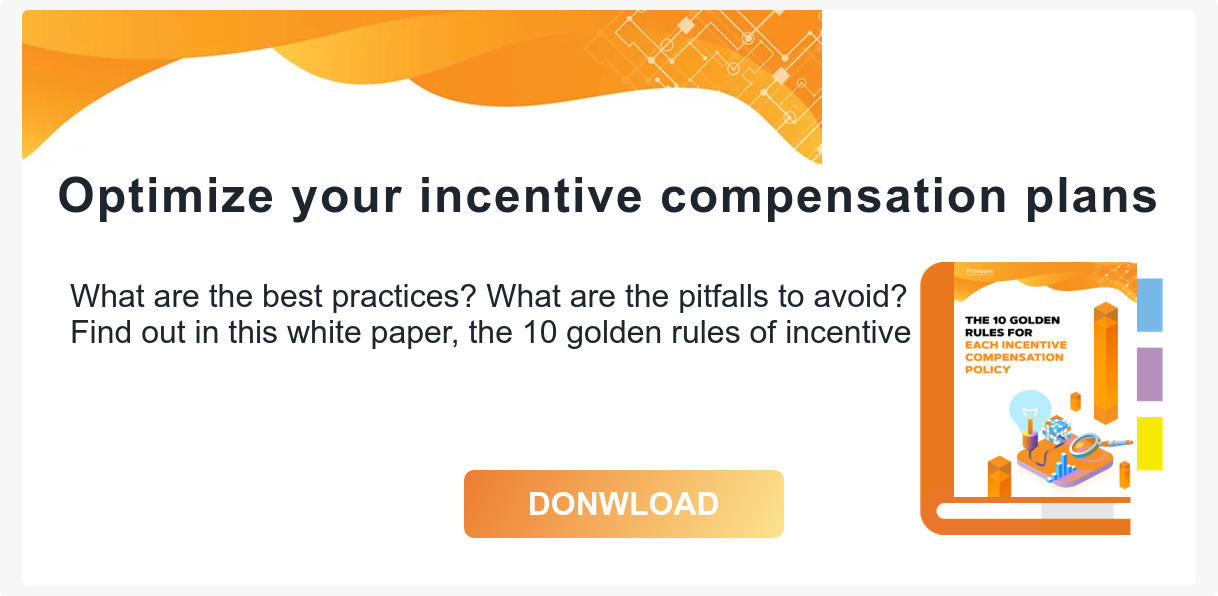Are you looking to improve your sales performance, do you want to boost your company’s turnover and are you on the lookout for tried and tested sales techniques? Think of upselling! Literally, upselling is when something additional or more costly is sold. In fact, upselling involves selling a product or service superior to the one chosen by the client.
Not only does an upselling strategy positively influence your sales performance indicators, but it also improves your customer experience. So why not do it? Encourage upselling among your sales team, and you’ll see your sales take off. Let’s unpack an effective sales strategy.
Benefits of upselling: better sales performance indicators
The principle behind upselling is simple: offer a solution which is better than the one chosen by the client in the first place. In other words, upselling allows you to boost your turnover by selling a product or service that is more expensive than the one initially chosen. Your performance indicators are all the better for it.
Better results for salespeople
Among the commercial performance indicators favourably impacted by upselling are the conversion rate and the average basket size of clients.
Thanks to upselling, salespeople achieve a higher sales figure and thus reach their targets more quickly. Indeed, when the client is about to buy a product or a service, the sales representative directs them towards another, superior solution which is therefore more expensive.
The upsell strategy is effective when your salesperson successfully convinces the prospect to opt for the higher-end solution. The trick is to find the right moment, and with the right arguments.
While your client’s IT management is interested in your X-112 copiers to renew their company’s fleet, your sales representative will be able to convince them that opting for the X-113V model will be better: it has faster printing and workflow management is adapted to their network organization etc.
Good to know
Don’t confuse upselling with cross-selling, which consists of generating additional sales by offering the purchase of a complementary product or service.
Better turnover
By upselling, the only thing you risk is increasing your turnover! Indeed, the sale of higher- end products allows a company to increase their margins by increasing the average basket size.
In short, the watchword to remember is, “dare to sell more”! Any good salesperson has to be a good listener, of course, but above all know how to make proposals.
Thanks to upselling, you can significantly reduce the cost of prospecting in terms of time in particular, and can expect a good return on investment.
Optimise the customer experience through upselling
Know the client’s needs first and foremost
When you say ‘upsell,’ you mean identifying the client’s needs, and putting them at the heart of your commercial relationship. As you already know, active listening allows you to measure challenges facing the client and to understand them fully. The prospect or client feels valued and a bond of trust is created. Your commercial offer is then naturally a response to their problem.
You and your sales team know your clients perfectly. You have valuable information (on each client’s profile, purchase history, obstacles encountered and comments etc.) allowing you to position yourself on your clients’ buying journey and identify opportunities for repeat purchases.
Also play the transparency card, which goes with trust. If the product the prospect wants is not suitable for their needs, say so. Your buying advice will be all the more valuable and the client will appreciate your honesty; they will be grateful and take up your next best offer or, at worst, will be tempted to complete with another product, even an inferior one.
Good to know
To identify your clients’ needs, think of account-based marketing!
Enhanced customer experience
With upselling, the target client refers to prospects “who have already made the decision to buy.” The upsell is therefore an excellent way to improve the customer experience.
We talk about “enriching the client’s purchase” with higher-quality products or services. With an upsell, the added value for the client can take many forms:
- More comfort;
- Better quality;
- Faster results; or
- More security, more protection.
This strengthens your brand’s value proposition. You bring real added value.
That said, be careful not to discredit the initial product. Your company’s image will pay the price. The art of upselling therefore relies on a clever mix.
Examples of upselling
- A car salesman suggests that the client choose the more elegant (and also more expensive!) metallic grey colour than the standard white colour.
- A software salesperson may offer a more expensive subscription package with additional features or an extended warranty with dedicated client support.
- In an online training organisation, the seller offers to provide one-on-one coaching instead of a group course, for an additional fee.
Encourage upselling among your sales staff
You are now convinced of the effectiveness of upselling and its positive impact on your sales performance. All you have to do is get your sales team to adopt it.
Incentive compensation
One way to encourage upselling among your salespeople is through incentive compensation.
Choose the incentive compensation method that best suits your business strategy: commission-based remuneration, target-based bonuses or benefits in kind etc.
In all cases, incentive compensation is a real motivator and therefore a good way to increase turnover. The more sales the salesperson makes and the more targets they reach, the more they are rewarded. Keeping the salesperson motivated is therefore essential, and the incentive component of their remuneration is no stranger to this.
Selection criteria for incentive compensation
The use of incentive compensation is a performance lever if it is in step with your commercial strategy. Indeed, the incentive compensation should be coherently aligned with your company’s goals. Determine the relevant KPIs needed to reach your goal.
Secondly, to be sufficiently motivating, it has to be substantial.
Bear in mind that goals have to be realistic, and achievable! The SMART rule of goals is a must: as a reminder, any goal needs to be specific, measurable, achievable, realistic and timely.
Finally, the method used to calculate remuneration has to be simple, so that the salesperson can easily remember their objectives.
Other ways to encourage upselling among your salespeople
Share information between departments
Just like your sales team, e-commerce support teams know your clients inside out (in terms of their needs, questions and preferences etc.). Think of discussing with them, and sharing client information.
Also let them know you are implementing an upselling strategy. Your e-commerce store will then be
able to suggest higher-end products according to the selection already made by your prospect.
Train the sales team
Your salespeople need to be equipped in the use of CRM software, marketing automation and emailing.
They should also be prepared to update their practices to keep up with changing consumer preferences. Offer training, both face to face and off site. There are many training opportunities available today.
Moreover, your sales force must be aware of all developments in your products or services (software updates, new features, new colours and new materials etc.). This data can help them guide their clients towards higher-end products.
Deciding on the best time
Most of the time, the best time to propose your upsell offers is just before payment. Of course, you can provide the option to select higher-end versions in the product description. Similarly, the purchase confirmation email, just after the sale, can offer an upsell. In any case, these are clearly defined moments; you don’t upsell at any time.
As you can see, upselling is particularly effective in developing your sales performance. Upselling is easy to implement, and your customer experience will benefit greatly. All you have to do now is adopt it and spread the word among your sales team.





